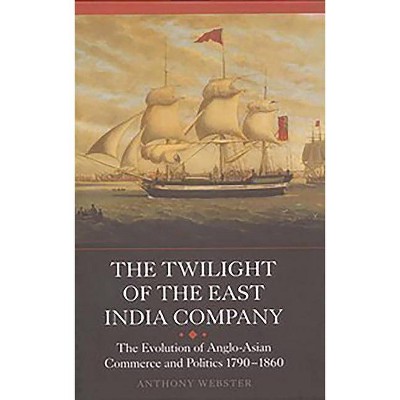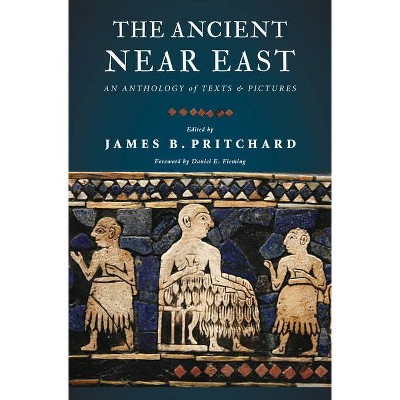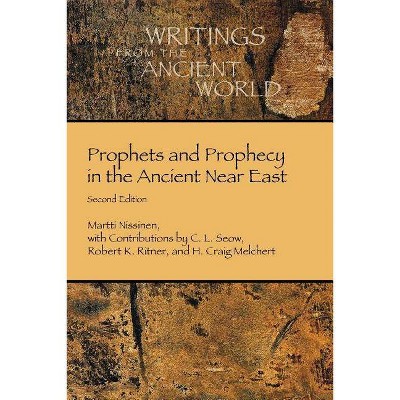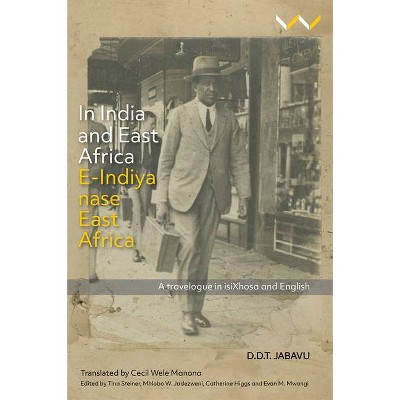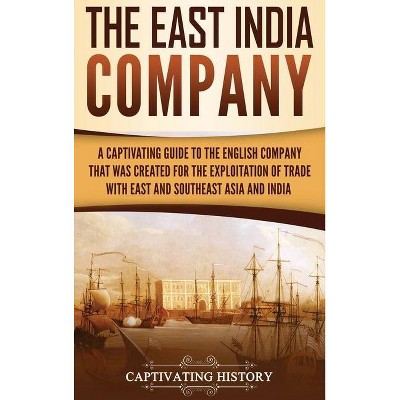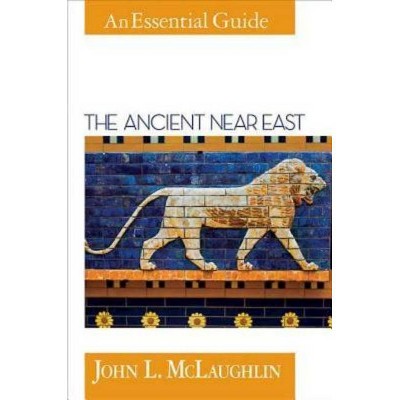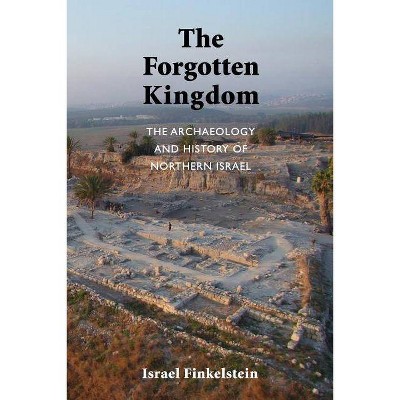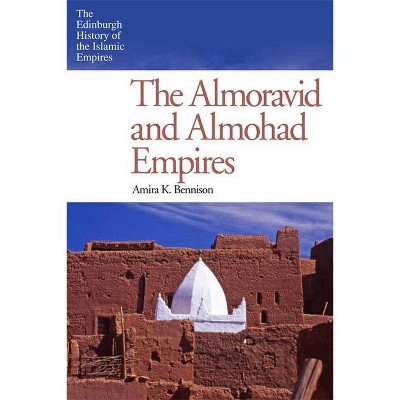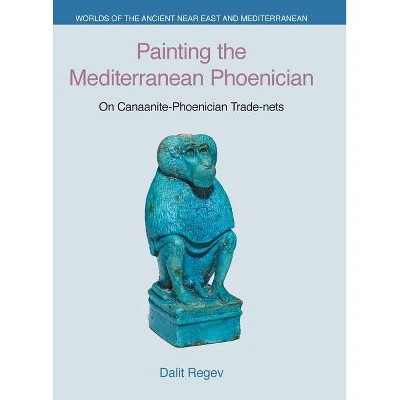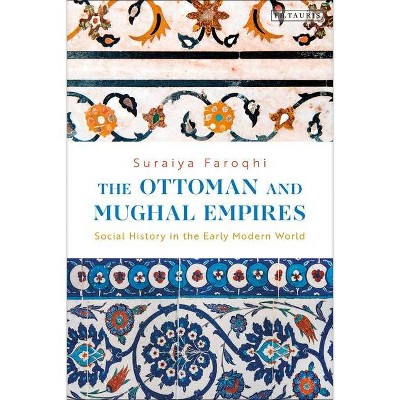The Empires of the Near East and India - by Hani Khafipour (Paperback)
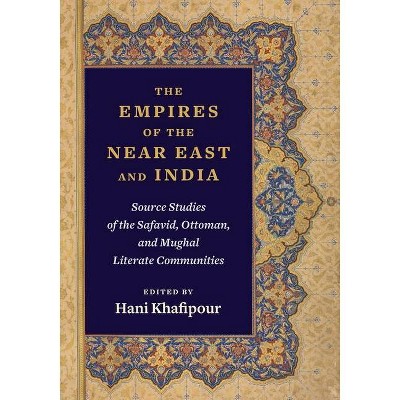
Similar Products
Products of same category from the store
AllProduct info
<p/><br></br><p><b> About the Book </b></p></br></br>This volume is a comprehensive sourcebook of newly translated texts from the Safavid, Ottoman, and Mughal empires of the fifteenth through eighteenth centuries, accompanied by scholarly essays, that aims to provide a new model for the study and teaching of the early modern history of the Near East and India.<p/><br></br><p><b> Book Synopsis </b></p></br></br>In the early modern world, the Safavid, Ottoman, and Mughal empires sprawled across a vast swath of the earth, stretching from the Himalayas to the Indian Ocean to the Mediterranean Sea. The diverse and overlapping literate communities that flourished in these three empires left a lasting legacy on the political, religious, and cultural landscape of the Near East and India. This volume is a comprehensive sourcebook of newly translated texts that shed light on the intertwined histories and cultures of these communities, presenting a wide range of source material spanning literature, philosophy, religion, politics, mysticism, and visual art in thematically organized chapters. Scholarly essays by leading researchers provide historical context for closer analyses of a lesser-known era and a framework for further research and debate. The volume aims to provide a new model for the study and teaching of the region's early modern history that stands in contrast to the prevailing trend of examining this interconnected past in isolation.<p/><br></br><p><b> Review Quotes </b></p></br></br><br>This volume is a laudable effort to compile a handy and well-edited volume with expert contributions on a wide range of topics of interest to historians studying and teaching the pasts of these three empires, their global histories and their encounters with other political and social protagonists of the early modern period.--H-Soz-Kult<br><br><i>The Empires of the Near East and India </i>provides, really for the first time, a body of early modern primary sources from the Ottoman, Safavid, and Mughal contexts in translation. A variety of types of text are provided, from poetry to judicial rulings, and the translations are readable while maintaining the flavor of the original Arabic, Persian, or Ottoman Turkish. This will prove a valuable resource for those of us who teach any or all of these imperial histories.--Michael Talbot, University of Greenwich<br><br>This is the first accessible, high quality, English language sourcebook on medieval and post-classical Islamic empires. Thirty-three original commentaries and translations enrich our understanding of life under the most powerful global empires of the day: The Ottomans, Safavids and Mughals. The book tells the story of diverse peoples: poets and painters, kings and conquerors, scientists and Sufis, and more. For students of world literature and history, this is an indispensable resource.--Emran El-Badawi, University of Houston<br><br><i>The Empires of the Near East and India</i> is a treasure trove of carefully selected, freshly translated, and accurately contextualized primary sources from the Ottoman, Safavid, and Mughal worlds. Covering a rich array of themes that range from political culture and religiosities to scientific writing and artistic production, this one-of-a-kind collection will become standard reading for students of early modern (Muslim) empires.--A. Tunç Şen, Columbia University<br><p/><br></br><p><b> About the Author </b></p></br></br>Hani Khafipour received his doctorate at the University of Chicago. A historian of medieval and early modern Iran, he teaches in the Department of Middle East Studies at the University of Southern California.
Price History
Cheapest price in the interval: 50 on October 27, 2021
Most expensive price in the interval: 50 on December 20, 2021
Price Archive shows prices from various stores, lets you see history and find the cheapest. There is no actual sale on the website. For all support, inquiry and suggestion messagescommunication@pricearchive.us
